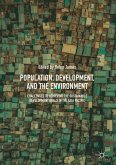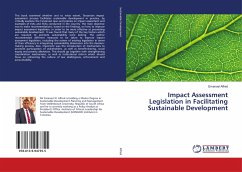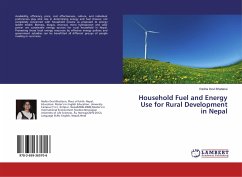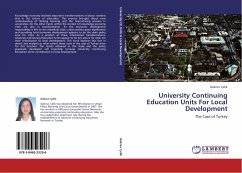With the initiation of planned approach to development in 1960s, Nepal adopted population policy aimed at striking a balance between high and rising population growth and low levels of socio-economic development. In the early days the major focus of the policy was on curbing high fertility levels through family planning programs. Decades have passed by and Nepal s population policy today not only covers family planning but a wide range of other issues including reproductive health, gender, social inclusion, migration & urbanization, adolescence, poverty, and environment. Since the early 2000, Nepal s fertility and mortality levels have started declining. More recently population growth rate also has shown signs of decline. These rates however are still high in specific locations and among specific population groups. This may be due to disparities in terms of gender, resources and human development. In this context, this monograph presents a review of population policy adopted in Nepal since 1960s and tries to explore linkage between population, gender and human development. It is hoped that the monograph will be useful to policy makers, researchers, academicians and students.
Bitte wählen Sie Ihr Anliegen aus.
Rechnungen
Retourenschein anfordern
Bestellstatus
Storno








